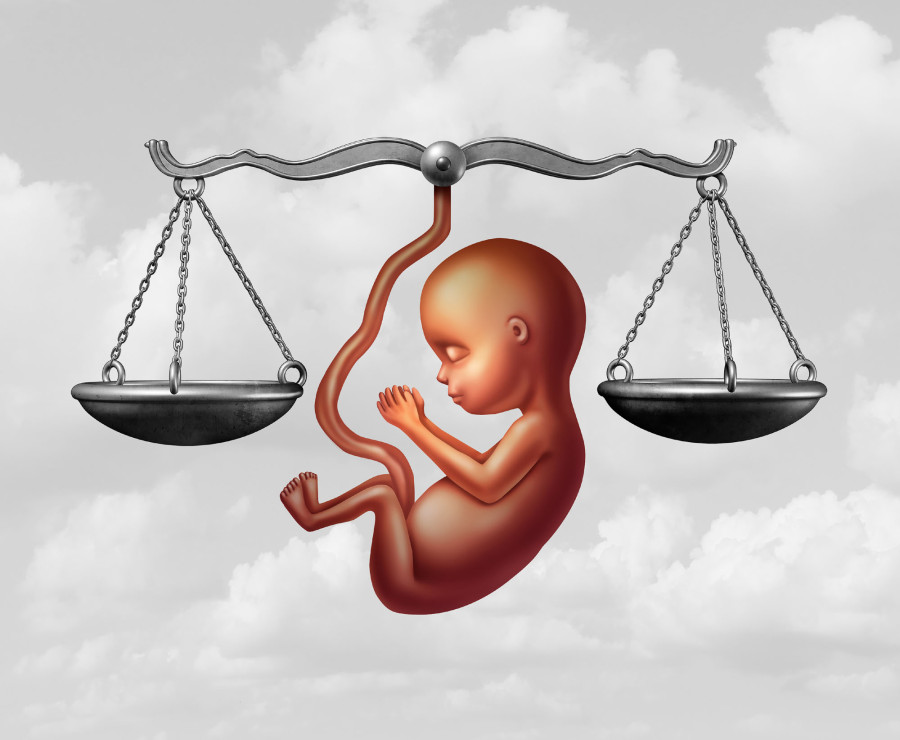Health
Health Ministry to monitor hospitals to curb sex-selective abortions
Newborn data of the Paropakar Maternity and Women's Hospital shows a wide gap between the number of boys and girls.
Arjun Poudel
In a bid to curb sex-selective abortions being illegally practised in several parts of the country, the Family Welfare Division under the Department of Health Services has decided to monitor private hospitals and abortion centres.
The move of the division comes after several studies as well as national newborn data showed a wide gap between the number of boys and girls.
“We have allocated the budget to monitor private hospitals and clinics which provide abortion services,” Dr Punya Poudel, chief of Safe Motherhood Programme at the Division, told the Post. “We will start monitoring such centres to curb female foeticide.”
As per the abortion law, parents, as well as the service provider, will be fined up to Rs 50,000 and are liable to a jail sentence of up to six months if found practising sex-selective abortion. However, no one has been sentenced or fined for committing such a crime in Nepal so far.
Poudel said that health workers deployed in such centres and clinics would analyse the data thoroughly and pursue further inquiries if they find anything suspicious. “We will also probe the practices of those centres if necessary,” she added.
Dr Silu Aryal, a gynaecologist, said that the government should launch awareness drives alongside running monitoring campaigns to prevent female foeticide. “I have been running a licenced abortion clinic for a long time,” said Aryal. “Some people visit my clinic for abortion after determining the sex of the fetus but I don’t provide my services to them.”
The number of girls is around 800,000 more than boys in the country, according to the National Population and Housing Census 2011. But data for newborn babies shows that the number of girls is declining every year.
For instance, the data of the fiscal year 2018-19 of the Paropakar Maternity and Women's Hospital shows a wide gap between the number of boys and girls. According to data provided by the hospital administration, 11,946 boys and 10,416 girls (1,530 more boys) were born in the hospital in the last fiscal year.
In the fiscal year 2017-18, a total of 1,77,253 boys and 1, 66,324 girls (10,929 more boys) were born throughout the country, according to the division. If the birth rate of girls keeps declining, it would lead to gender disparity in the long run, says Aryal.
Over 323,000 women carried out abortion in the fiscal year 2017-18.
“This data cannot be taken as normal,” Dr Jagashwor Gautam, director at the hospital told the Post. “It’s not natural. Globally 101 boys are born to every 100 girls and that’s normal. The gap we are reflecting currently is not normal.”
However, since it’s difficult to monitor “unlisted” clinics and pharmacies that offer abortion pills, it is difficult to keep track of such illegal practices, says Aryal.
Gautam believes that social behaviour patterns must be explored in order to understand the widening gender gap since it’s the parents who long for sons that lead to selective sex abortions.
According to doctors, parents whose firstborn is a son tend to not opt for a second child and if their firstborn is a daughter then they first determine the sex of the foetus of their next baby and opt for selective sex abortions if it’s a girl. “Evil practices such as female foeticide cannot be stopped without first changing the mindset of the people and the overall outlook of the society,” said Gautam.




 14.12°C Kathmandu
14.12°C Kathmandu














